Nature
The Ground Breathes
What on earth is going on here?The explanation, via IFLScience:
“During a rain and windstorm event the ground becomes saturated, 'loosening' the soil's cohesion with the roots as the wind is blowing on a tree's crown," certified arborist Mark Vanderwouw told The Weather Network.
"The wind is trying to 'push' the trees over, and as the force is transferred to the roots, the ground begins to 'heave'. If the winds were strong enough and lasted long enough more roots would start to break and eventually some of the trees would topple.”
Posted By: Alex - Sun Nov 04, 2018 -
Comments (1)
Category: Nature, Natural Wonders, Weather
The Spilhaus Space Clock
This clock gives info on 19 different variables.For complete info, visit here.
The inventor's Wikipedia entry.

Posted By: Paul - Wed Oct 24, 2018 -
Comments (0)
Category: Nature, Science, Technology, 1960s, 1970s
Blue Jay Emetic Unit
As defined by biologist Lincoln Brower, a "blue jay emetic unit" is the amount of cardiac glycosides (a type of poison found in plants such as milkweeds) that will make one blue jay vomit. Brower determined the exact amount by putting cardiac glycosides into gelatin capsules which he force-fed to blue jays.The point of this was that various butterflies ate milkweeds and then became poisonous to the blue jays which, in turn, ate them. Knowing the exact amount of poison needed to make a blue jay vomit allowed Brower to rank each butterfly by its number of blue jay emetic units:
Source: Brower LP (Feb 1969). "Ecological Chemistry." Scientific American 220(2): 22-29.
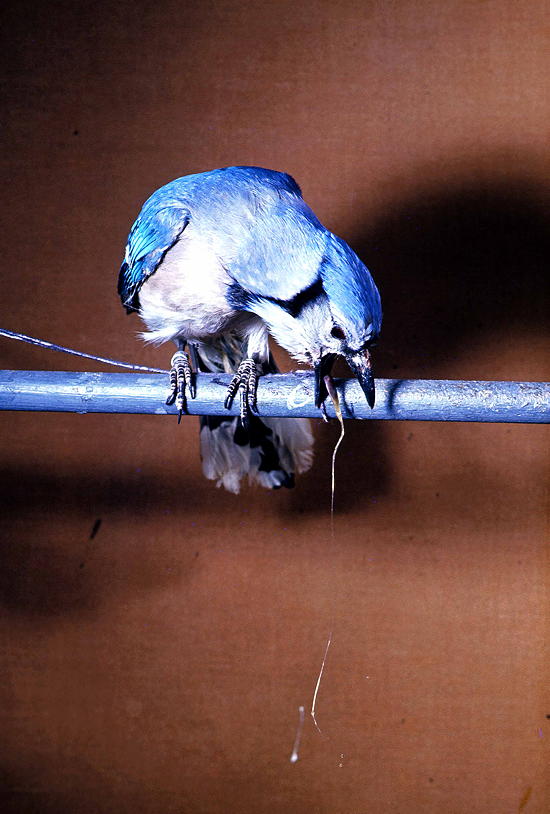
"barfing blue jay" (picture by Lincoln Brower. Source: ScienceFriday.com)
Posted By: Alex - Wed Oct 03, 2018 -
Comments (3)
Category: Nature, Science, Experiments
Follies of the Madmen #384
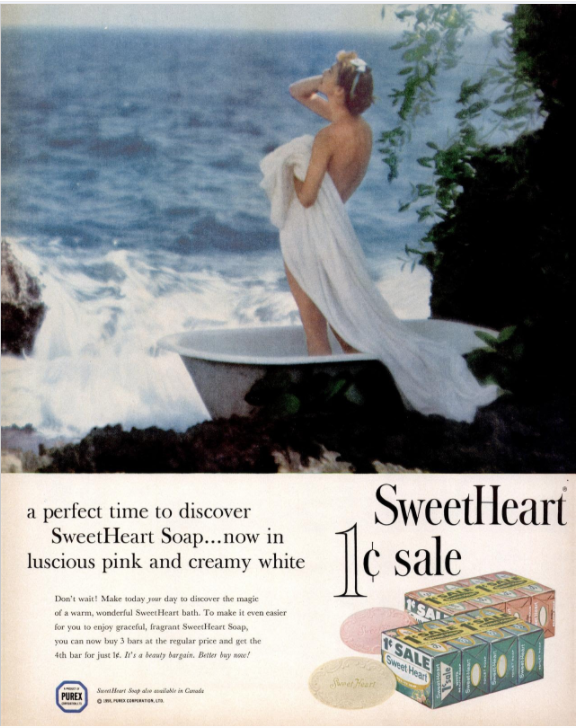
How the heck did that tub get out there, and how's that naked gal going to get home?
And without plumbing, will she fill it, pail by pail, with seawater?
Inquiring minds want to know!
Original ad here.
Posted By: Paul - Tue Sep 18, 2018 -
Comments (5)
Category: Business, Advertising, Nature, Baths, Showers and Other Cleansing Methods, 1950s
Does seltzer water help plants grow?
In 1980, Canfield's natural seltzer launched a campaign to promote its product as being great for watering house plants. It printed on its labels: "We recommend our natural seltzer for house plants."Could there have been any truth to this claim? Is seltzer water actually good for plants? Well, the only vaguely scientific study I can find addressing this claim (after, admittedly, only a brief search) was a student project conducted at the University of Colorado Boulder in 2002. The student researchers concluded, "Plants given carbonated water not only grew faster but also developed a healthier shade of green in comparison to plants given tap water."
So, maybe Canfield's was onto something. However, if you're thinking of treating your plants to some seltzer water, I imagine you'd want to use water at room temperature, not refrigerated. Cold water might shock their systems.
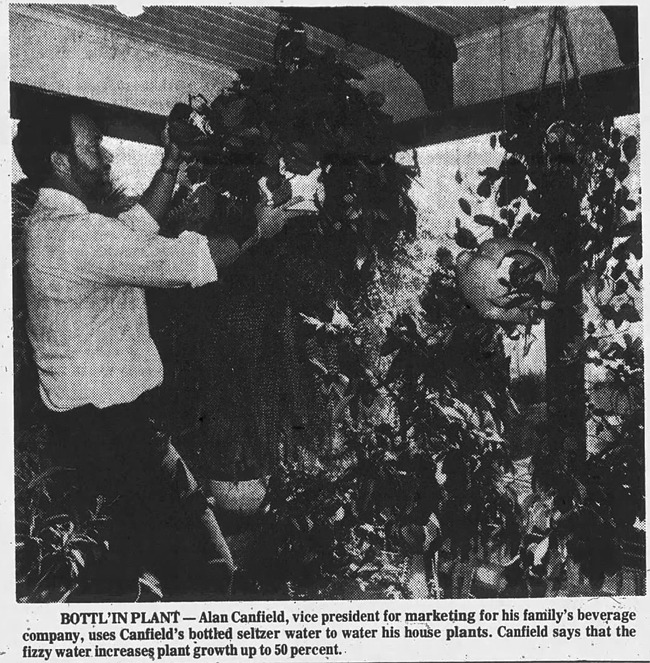
Marysville Journal-Tribune - June 9, 1980

Owensboro Messenger-Inquirer - May 19, 1980
Posted By: Alex - Thu Jul 19, 2018 -
Comments (12)
Category: Nature, Science, Environmentalism and Ecology, Experiments, 1980s
Follies of the Madmen #374
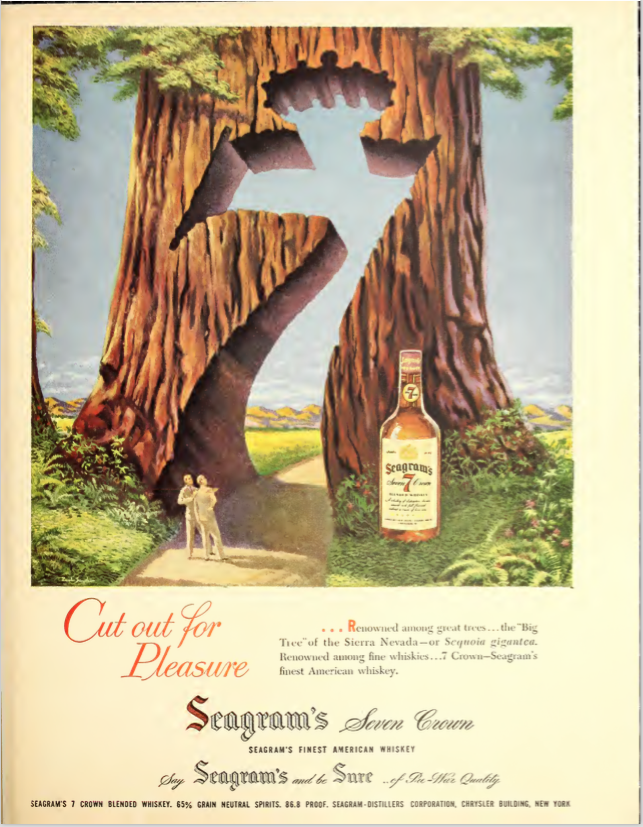
Advertising trumps Nature every time!
From The American Legion Magazine for June 1947.
Posted By: Paul - Sat Jul 14, 2018 -
Comments (1)
Category: Business, Advertising, Nature, 1940s, Alcohol
Propellor-Driven Snowmobiles
This notion goes way back.The Russians tried them at the start of the 20th century, with the Aerosani.
Here's one from the 1930s.

And finally, one from 2016.
Posted By: Paul - Sun Jul 08, 2018 -
Comments (1)
Category: Motor Vehicles, Nature, Weather, Twentieth Century, Twenty-first Century
Condemn Sunday Picnics
Life in 1898.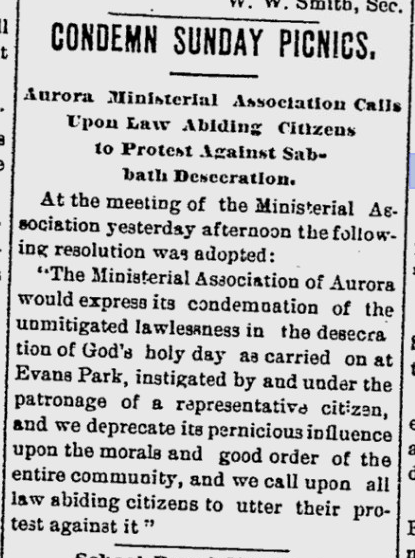
Original article here.
Posted By: Paul - Thu Mar 08, 2018 -
Comments (3)
Category: Antisocial Activities, Authorities and Experts, Culture and Civilization, Food, Nature, Religion, Nineteenth Century
Church of the holy lawn
In 1994, Jeff Goldstein, who described himself as a “semi-active pagan-Jewish minister,” got into trouble with the city of Madison, Wisconsin because he refused to mow his lawn. He claimed that to do so would violate his religious beliefs since he worshipped plants. He said he actually prayed to his lawn, and that to mow it would be a “holocaust against the green creatures.”Goldstein explained that he had formed his beliefs after reading The Secret Life of Plants by Peter Tomkins and Christopher Bird. I’ve read that book. If you like strange science, it’s a good read, full of plant-science weirdness. Though I didn't come away from it believing plants are sacred.
The court didn't buy Goldstein's argument, but I don't know if he ever ended up mowing the lawn.
Seems that Jeff died recently, in 2015. You can read his online obituary here.

Appleton Post-Crescent - Mar 13, 1994

Louisville Courier-Journal - Aug 30, 1994

Jeff Goldstein

Available from Amazon
Posted By: Alex - Fri Feb 23, 2018 -
Comments (7)
Category: Nature, Religion, 1990s
A Rose and a Baby Ruth
Apology on the cheap.
Posted By: Paul - Thu Nov 30, 2017 -
Comments (0)
Category: Music, Nature, Teenagers, Candy, 1950s, Love & Romance

| Who We Are |
|---|
| Alex Boese Alex is the creator and curator of the Museum of Hoaxes. He's also the author of various weird, non-fiction, science-themed books such as Elephants on Acid and Psychedelic Apes. Paul Di Filippo Paul has been paid to put weird ideas into fictional form for over thirty years, in his career as a noted science fiction writer. He has recently begun blogging on many curious topics with three fellow writers at The Inferior 4+1. Contact Us |




